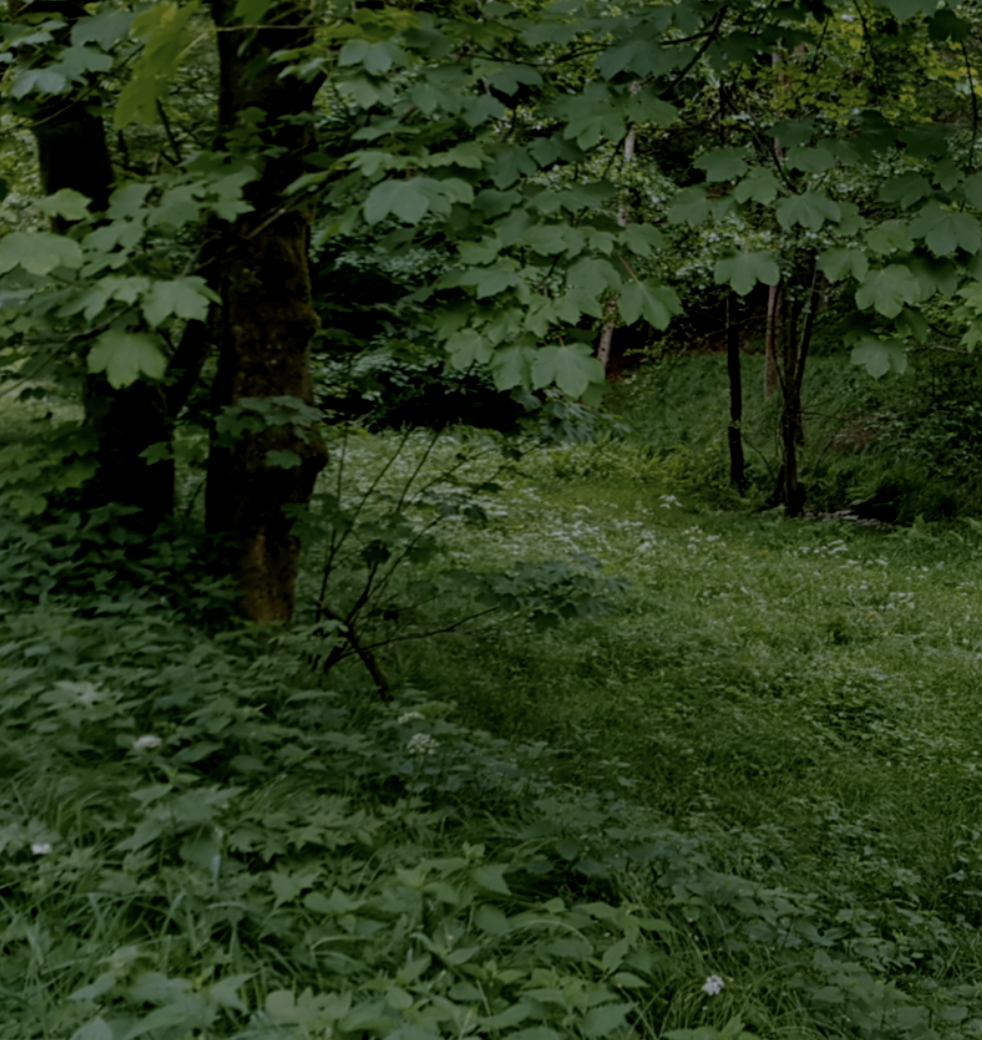We Have Always Been Here
A Guest Post By Rabbi Benjamin Luks-Morgan
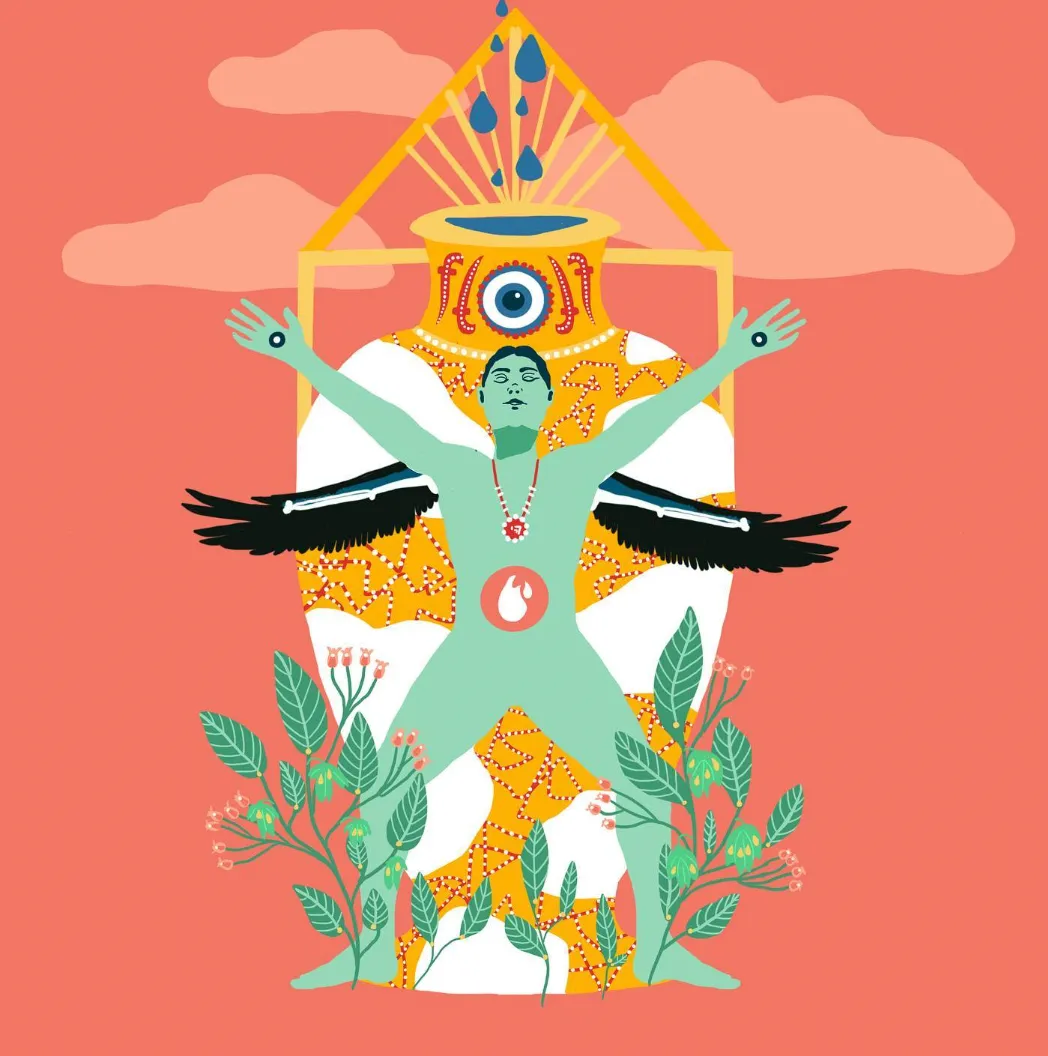
This is Life as a Sacred Text 🌱, an everybody-celebrating, justice-centered voyage into ancient stories that can illuminate our own lives. It‘s run on a nonprofit, so it’s 100% NAZI FREE. More about the project here, and to subscribe, go here:
The Trump Administration is trying to erase the existence of trans people right now.
They have issued missives officially only recognizing "two sexes;" banned trans people from the military and sports; targeted trans teachers, students, and anyone who supports them; refused to allow people to change their gender marker on their passports; banning gender-affirming care for anyone under 19, and more. We are hearing stories of, effectively, the beginnings of a trans travel ban, with people's passports and sometimes other legal papers being held hostage.
And now Skrmetti.
This is a human rights emergency.
Trans people have human rights. Intersex people have human rights. Nonbinary and gendernonconforming people have human rights.
*As the Intersex Society of North America puts it, "Intersex is a general term used for a variety of conditions in which a person is born with a reproductive or sexual anatomy that doesn’t seem to fit the typical definitions of female or male," whether because of chromosomes, hormones, reproductive organs or some combination thereof. Sometimes this is discerned at birth, sometimes at puberty, sometimes not until fertility becomes an issue, sometimes not until an autopsy after death, or never. Some estimate that there are roughly the same number of intersex folks worldwide as those with red hair.
Trans people, intersex people, gendernonconforming and gender expansive people have existed in every community and culture worldwide. Including throughout the long stretch of Jewish tradition.
Please, let me introduce the wonderful Rabbi Benjamin Luks-Morgan, with whom I have had the pleasure of working closely in the past and whose Torah and company I always appreciate. I'll give them the mic and let him take it from here:

We Have Always Been Here
Rabbi Benjamin Luks-Morgan
Ben Bag Bag (who may or may not be the same person as the pronoun-echoing Ben He He) probably changed his name when he transitioned from gentile to Jew. He may have changed it to reflect his new self or because his new self was a persecuted identity under the Romans. At least, that’s what certain scholars have speculated.
He also, according to some traditions, is the infamous questioner of Hillel who asked the rabbi to explain all of Torah on one foot. Which in turn means that there are two legendary sayings associated with this curiously-named seeker of self with his double name name, Ben Bag Bag.
The first was said to him [by Hillel] at a key moment in his search for his true self:
“What is hateful to thee do not do to thy fellow.” (Talmud Shabbat 31a)
As for the second: I think it’s fair to assume that he said this after he had taken Hillel’s advice that all the rest of Torah is commentary and that he should go and learn it. At some point after doing so, he’s quoted as saying,
“Turn it over, and [again] turn it over, for all is therein. And look into it; And become gray and old therein; And do not move away from it, for you have no better portion than it.” (Pirkei Avot 5:22)
There are certain truths that must be stated and turned over and over again. What is hateful to you, do not do to your fellow human. Torah contains everything, keep studying. We seekers of truth, we who transition into new names, new identities, new personhood, we have always been here. And we have always been present in Jewish being and text.
Transgender people have always been here. Queer people have always been here. Those who don’t quite fit the normative boundaries of Self - dreamers, questioners, converts - have always been here. You may have read this article before. Read it again. If you haven’t, there’s always a first time. Some truths need to be returned to over and over.
Some moments call us to say, on one foot,
‘What is hateful to you, do not do to your fellow sacred humans.’
When God created the world, God created man and woman, yes, yes, of course. So goes the usual reading of Genesis 1:27:
“God created humankind in God’s image, in the image of God did God create it, male and female God created them.”
Still, God created something else, too.
“Said Rabbi Yirmiyah ben Elazar: “When the The Holy Blessed One created the first human, [God] created [them] as [an] androginos. That is what it means] when it is written: ‘male and female [God] created them’…” (Genesis Rabbah 8:1)
Genesis Rabbah is amongst the earliest collections of midrash. From the first chapter of Torah and its earliest interpretation, those with ambiguous gender locations have always been created in the image of God. Turn it over and over, everything is therein.
If we continue on in our history, just a few chapters later, we encounter Rebecca at a well, where Rebecca is described with a Hebrew description that doesn’t quite fit the presumable ‘maiden’ of many translations.
וְהַֽנַּעֲרָ֗ טֹבַ֤ת מַרְאֶה֙ מְאֹ֔ד׃
"The young person was very beautiful” (Genesis 24:16).
The lack of the Hebrew letter ה at the end of נער, makes it masculine - not feminine. Now, elsewhere Rebecca certainly has feminine language and endings ascribed to her, but here in this moment that Rebecca enters history, something else is happening. As (Erev) Rabbi Rocki Schy-Brunson writes,
“This might suggest an element of gender fluidity in the ancestor Rebecca. Rebecca is a na’ar, instead of a na’arah, signaling that perhaps her gender is somewhere outside of the binary. The hints in the text point to something outside of the narrow identifiers the gendered language of Hebrew has available. The word na’ar is used many more times in the Torah, but this is not the only instance of this term being used against the expected gender alignment. Dinah, too, is called a na’ar instead of na’arah.”
Hints, implications, subtle moments where a person’s being is not so easy to locate. Moments in our turning where a more full spectrum of self are visible. And, it should be noted, Rebecca becomes absolutely beloved by Isaac after this moment at the well.
What of Rebecca’s grandchild, Joseph? That dreamer. Joseph is different. He stands out. There’s a midrash, again, in Genesis Rabbah about Joseph that says that at age 17,
“He was a youth, That he would engage in childish/girlish behavior, He touched up his eyes, he picked up his heels, he fixed his hair” (Genesis Rabbah 84:7)
Joseph may not be a member of the LGBTQ+ community in the way the community exists and operates today, but let's be clear, Joseph sure is queer-coded. Take another example later on Joseph’s story: Joseph is hated by his brothers for being different from them. We’re told in the text,
“And when his brothers saw that their father loved him more than any of his brothers, they hated him so that they could not speak a friendly word to him.” (Genesis 37:4)
We can understand their jealousy, but there’s more to it than just jealousy. Joseph gets these dreams, see, about how marvelous he’s going to be - how the moon and sun and stars will bow to him when he’s out of this wicked little town. And Joseph tells these dreams to his brothers, who don’t love them very much. All this tension comes to a head when his brothers sell Joseph into slavery. Read what Joseph’s brothers say about Joseph right before they attack him.
“They said to one another, “Here comes that dreamer!” (Genesis 37:19)
That dreamer. It doesn't take a whole lot to hear the implied slur thrown at Joseph here. It doesn't really matter exactly what slur it would translate into in our modern parlance. We all know how terrifying a slur thrown at someone different sounds. It’s like the text is pointing a shiny red arrow that we should understand to say, ‘they attack him specifically because of his difference.’
What is hateful to you, do not do to your fellow human.
Mordechai breastfeeds. (Genesis Rabbah 30:8) Jonathan loves David.(I Samuel 18:1) The neighborhood women can clearly see that Ruth loves Naomi.(Ruth 4:15) You could quibble with specific interpretations. You could make the case for stretching the word אהבה - love. You could say this or that is an isolated typo, a scribe forgetting a ה. But you would be missing the larger truth of the matter.
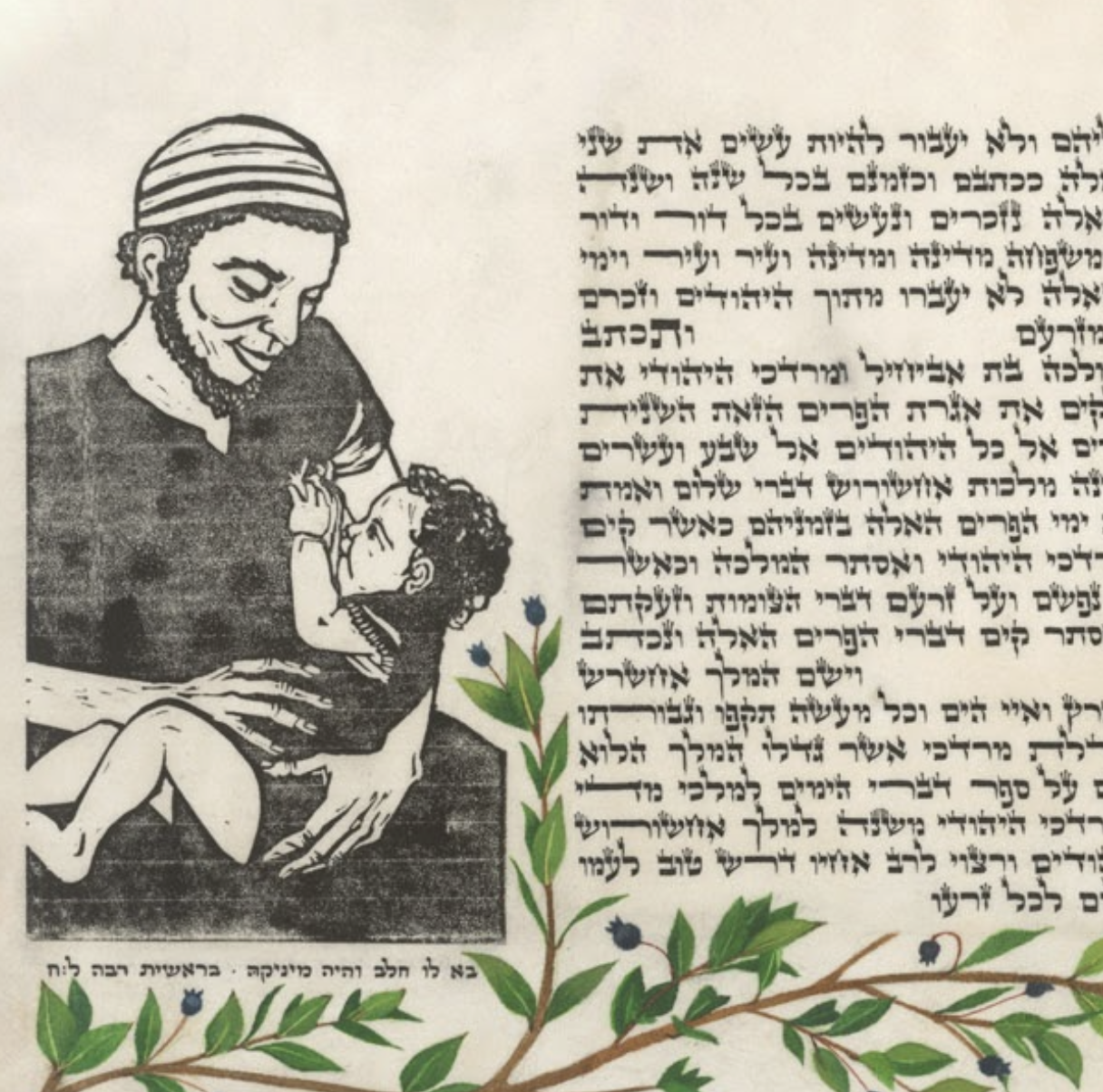
Of course, we know the truth of the statement, "We’ve always been here" does not end with biblical texts and suddenly pick back up when the first brick was thrown.
If you have read a version of this article before, you almost certainly know of the ‘six Talmudic genders’. (Well, eight, but of course eight includes cisgender female and male.)* These genders reflect what we today might consider transgender and non-binary gender constructions and intersex characteristics.**
As succinctly framed by Rachel Scheinerman:
The Talmud [...] contains in fact no less than eight gender designations including:
Zachar, male.
Nekevah, female.
Androgynos, having both male and female characteristics.
Tumtum, lacking sexual characteristics.
Aylonit hamah, identified female at birth but later naturally developing male characteristics.
Aylonit adam, identified female at birth but later developing male characteristics through human intervention.
Saris hamah, identified male at birth but later naturally developing female characteristics.
Saris adam, identified male at birth and later developing female characteristics through human intervention.*The concept of these Talmudic genders have become very well known in the wider trans community that sometimes I feel like when trans folk who aren’t Jewish find out I’m Jewish, the thing that they know about Judaism is that “Jews have six genders beyond the binary!” I think it might be worth naming, yes we do. But let’s not pretend our post-biblical halakhic texts are centrally oriented towards these genders. Frankly, I’m pretty sure Talmud has a lot more to say about the type of stiching they do in Alexandria than breaking the gender binary…
** Which are not necessarily mutually exclusive but don’t always overlap.
However, in much the way that Prof. Sarah Wolf argues that a Rabbinic understanding of emotion was constructed around an embodied understanding, with communal implications, so too was sex and gender.
This means that Rabbinically, someone in these non-Zachar and Nekevah categories were legitimized through their gendered relation to being commanded. A person may have an internal sense of gender, but ultimately, what matters Rabbinically is embodied, and what the body does in the commanded communal structures.
As Rabbis Elliot Kukla and Reuben Zellman note, there’s never any question to the Rabbis that of course these people will observe mitzvot, be part of community, even if sorting out where they fit in the larger schema requires a few extra steps. Jewishly speaking, the people who exist and live outside of Zachar and Nekevah are commanded and, thus, created in the image of God.
As we see in the Mishnah:
The androginos is in some ways like men, and in other ways like women. In other ways they are like men and women, and in others like neither men nor women.
In what ways are they like men? .. They dress like men, can take a wife but not be taken as a wife, like men… and must perform all the commandments of the Torah, like men.
And in what ways are they like women? They must not be secluded with men, like women; and does not share [in the inheritance] with the sons, like women; they are disqualified from being a witness, like women….
In what ways are they like both men and women? One who strikes them or curses them is liable, as in the case of men and women; One who unwittingly kills them must go into exile, and if on purpose, then [the slayer] receives the death penalty, as in the case of men and women. And they may inherit any inheritance, as in the case of men and women.
And in what are they different from both men and women?... They must not be sold as a Hebrew slave, unlike men or women. If one says: “I will be a nazirite, if they are neither a man nor a woman,” then they become a nazirite.
Rabbi Yose says: the androginos is a created being of their own, and the sages could not decide about them. But this is not so with a tumtum, for sometimes they are a man and sometimes they are a woman. (Mishnah Bikkurim 4:1-5, abridged)

Look, we can keep going through history, right down to today.
Jewish Mysticism contains all kinds of text about balancing male/female, the multi-gendered elements of the divine, and spiritual construction of self. For example, in the Zohar, in the context of the discussion of the indwelling divine, the Shechina, often gendered female, we find statements like,
“the Shekhinah…always went with Abraham, and therefore we learn that every person needs to be male and female at all time” (Zohar Genesis 83).
Time keeps turning, the examples of the truth contained therein keep coming forward. Take one final pre-Stonewall example, in Isaac Bashevis Singer’s Yentl, in the singular exchange of conversation between Yentl and their father.
Her father, Reb Todros, may he rest in peace, during many bedridden years had studied Torah, with his daughter as if she were a son. He told Yentl to lock the doors and drape the windows. Together they pored over the Torah, the Mishnah, the Gemara, the Commentaries. She had proved so apt a pupil that her father used to say:
"Yentl--you have the soul of a man."
"So why was I born a woman?"
"Even Heaven makes mistakes."
Yet, when Yentl embraces being Ansel, the story plays with the truth of both embracing the ecstasy of embodying who we want to be and the limits therein when acceptance is not given. While there is notably more to the story, it does make the argument that the world would be notably better if we embraced, "What is hateful to you, do not do to your fellow."
The story definitely makes clear that Torah should be the portion of every Jew, not limited by any framework or understanding of gender, whatsoever. Barbra Streisand’s movie, it should be noted, adds a gloss to this encounter between the generations:
“God will understand, but I’m not so sure about the neighbors.”
Those of us who don’t quite fit an easy categorization, who search for our true selves, who make transitions and change our names, who dream and flounce our hair and feed our chosen family and love each other, we are here.
We are here, in the holiest texts that contain all therein, and we are created in God’s image.
This has always been, this will always be.
It too, is our portion.
בֶּן בַּג בַּג אוֹמֵר, הֲפֹךְ בָּהּ וַהֲפֹךְ בָּהּ, דְּכֹלָּא בָהּ. וּבָהּ תֶּחֱזֵי, וְסִיב וּבְלֵה בָהּ, וּמִנַּהּ לֹא תָזוּעַ, שֶׁאֵין לְךָ מִדָּה טוֹבָה הֵימֶנָּה:
Ben Bag Bag said: Turn it over, and [again] turn it over, for all is therein. And look into it; And become gray and old therein; And do not move away from it, for you have no better portion than it.
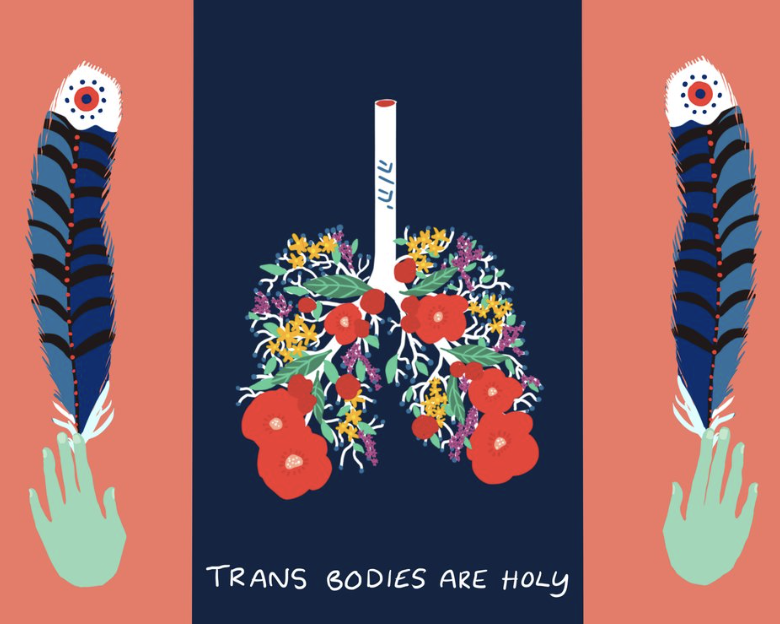
Rabbi Benjamin Luks-Morgan (he/they) serves as Assistant Rabbi of Temple Emanu-El-Beth Sholom in Montreal, Canada. They were ordained by Hebrew Union College - Jewish Institute of Religion. After completing his BA at Hampshire College, he lived for seven years in Salt Lake City, where he worked in non-profit management and held various community leadership roles, including as lead organizer of the Utah Pride Festival Speakers and Films series, founder of the Utah chapter of Bend the Arc, and President of Chavurah B’Yachad.
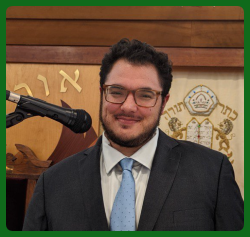
Ben has held student pulpits at Temple Rodef Shalom in Falls Church, Virginia and B'nai Sholom Congregation in Bristol, Tennessee and served as Rabbinic Fellow at National Council for Jewish Women. He also led High Holiday services at Bowdoin College and the Rikers Island Correctional Facility. Ben has also been a fellow in the Trans Seminarian Cohort; in the Yiddish Book Center Great Books for Jewish Clergy and Educators; and co-leader of the New York Campus annual Kallah retreat organizing committee. His capstone at HUC-JIR examines the material rituals of mourning and comforting and their implications for the Jewish theological understanding of human dignity. Ben and his wife Sasha currently live in Alexandria, Virginia. In his (highly limited) free time he enjoys winning trivia games, playing various musical instruments, and pursuing his lifelong quest to eat as many pickles as humanly possible.
🌱
Like this? Get more of it in your inbox every week.
For free every Monday—sign up at the ‘Subscribe now’ button just below.
And if you become a paid subscriber, that's how you can get tools for deeper transformation, a community for doing the work, and support the labor that makes these Monday essays happen.
A note on the subscription model:
I want my work to be as accessible to as many people as possible, in as many ways as possible. That's why the Monday essays are free, and why we donate subscriptions to anyone for whom paying is a barrier to the House of Study posts.
I also believe people should be paid fairly for their work. Needless to say, these two values sometimes seem to be in conflict, but I do what I can to find a fair balance. I offer many resources for free, and charge for others. When you donate generously or pay at the top of our scale, that helps support the work I do, provides access for those who have fewer resources, pays for the infrastructure and the technical and practical support that it takes to do this, and helps us keep the work sustainable.
And as always, if you want in to the Thursday space but paying isn't for you now, just email support@lifeisasacredtext.com and we'll hook you up.
And if you’d like to underwrite one of these donated subscriptions, you can do so by signing up at one of the higher subscription points.
And if it resonated with you, please share this post.
Sending a big pile of blessings and goodness your way. 💕
MORE
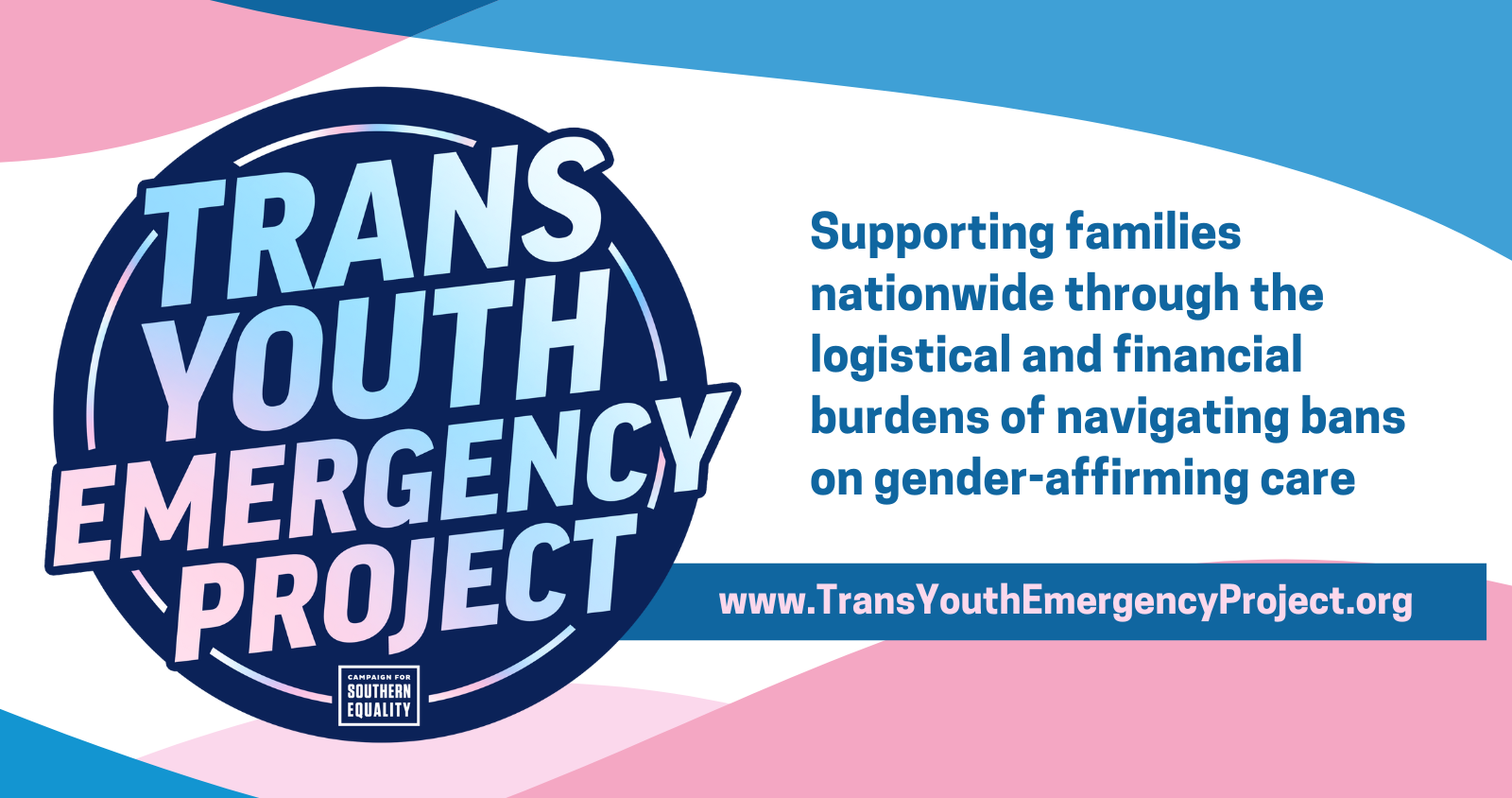
This is a great place to support families impacted by the ban on gender-affirming care, as they receive financial aid and logistical support to keep their youth safe and cared for.

This is a Georgia-based clinic that provides affordable gender-affirming care and affirming reproductive healthcare to those who need it. Also critical work in these draconian days.


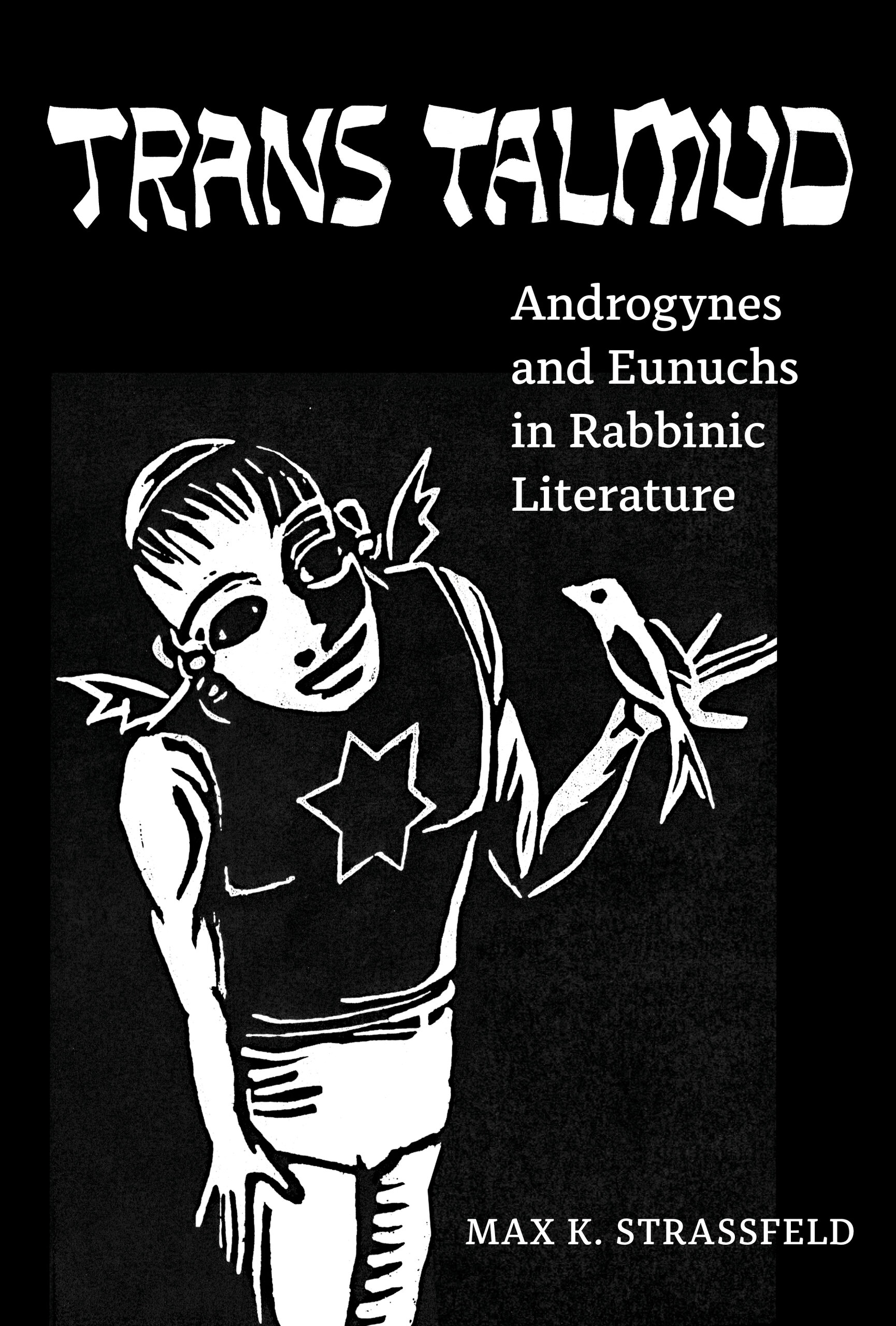
Here's the book-length treatment of androginos and timtum that you're looking for.
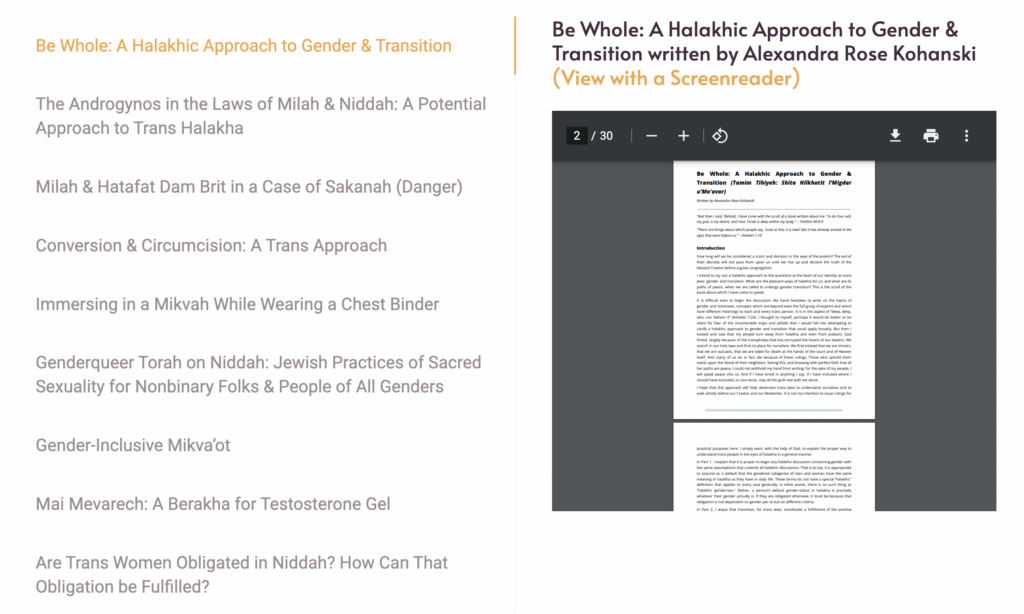
Super important work happening here.

Exceptional resource collection here
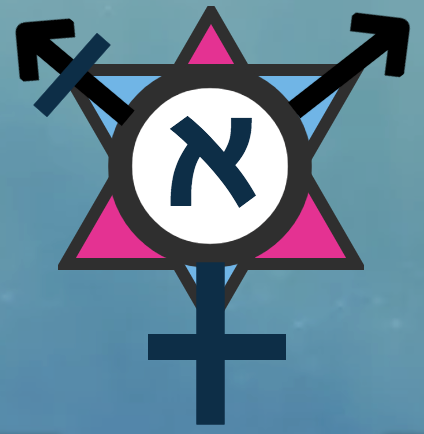
Amazing resources here, too



